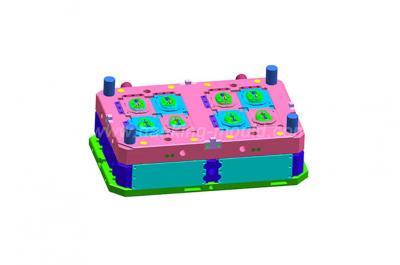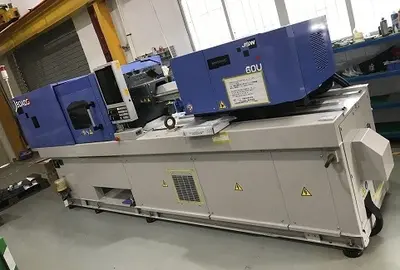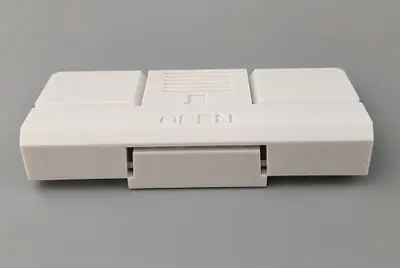

With the rapid development of precision moulds, China's precision mold industry has been at the forefront of the world. At present, precision moulds have four characteristics: wear resistance, strength and toughness, fatigue fracture performance, and high temperature performance. The following are the four characteristics of precision moulds.
1. Wear resistance
During plastic deformation in the precision mould cavity, the blank flows and slides along the surface of the cavity, causing severe friction between the surface of the cavity and the blank, resulting in the failure of the mold due to wear. Therefore, the wear resistance of the material is one of the most basic and important properties of the mold.
Hardness is the main factor affecting wear resistance. In general, the higher the hardness of the mold parts, the smaller the amount of wear and the better the wear resistance. In addition, wear resistance is also related to the type, quantity, shape, size and distribution of carbides in the material.
2. Strong toughness
Most of the working conditions of precision moulds are very bad, and some often bear large impact loads, resulting in brittle fracture. In order to prevent sudden brittleness of mold parts during operation, precision metal molds must have high strength and toughness.
The toughness of the mold mainly depends on the carbon content, grain size and organizational state of the material.
3. Fatigue fracture performance
During the working process of precision moulds, fatigue fracture is often caused under the long-term action of cyclic stress. Its forms include small energy multiple impact fatigue fracture, tensile fatigue fracture, contact fatigue fracture and bending fatigue fracture.
The fatigue fracture performance of the mold mainly depends on its strength, toughness, hardness, and the content of inclusions in the material.
4. High temperature performance
When the working temperature of the precision mould is high, the hardness and strength will decrease, resulting in early wear of the mold or plastic deformation and failure. Therefore, the precision metal mold material should have high anti-tempering stability to ensure that the mold has high hardness and strength at working temperature.
Now let's take a look at the six characteristics of precision mould forming:
1. The dimensional accuracy of the product is high and the tolerance is small, that is, there is a high-precision extension line;
2. The repeatability of the product is required to be high, and the dimensional stability of day, month and year must be obtained;
3. The material of the precision mould is good, the rigidity is sufficient, the dimensional accuracy and smoothness of the cavity and the positioning accuracy between the templates are high;
4. Use precision injection molding machine to replace conventional injection molding machine;
5. Adopt precision molding process;
6. Select materials suitable for precision molding.






 Call us on:
Call us on:  Email Us:
Email Us:  No.23, XingYi Road, Wusha Community, Chang'an Town, Dongguan City, Guangdong Province, China.
No.23, XingYi Road, Wusha Community, Chang'an Town, Dongguan City, Guangdong Province, China.